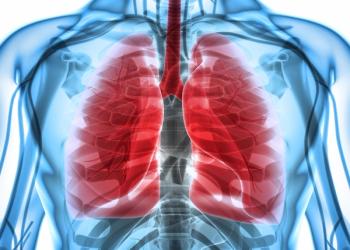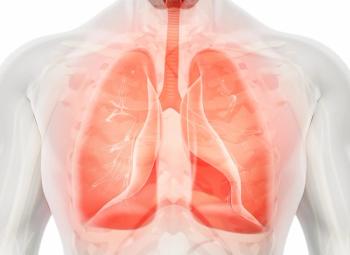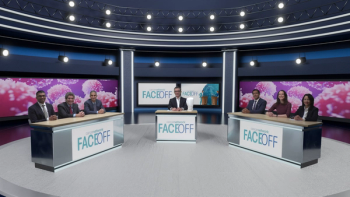
EDIC Displays Continuous Evolution as Variable in EOT Grade 3 Lymphopenia
According to Eyub Akdemir, MD, reducing EDIC may be feasible without compromising target coverage to reduce anticipated lymphopenia rates.
Although no optimal threshold for effective radiation dose to the immune cells (EDIC) exists, a lower value appears to correlate with a reduction in anticipated grade 3 lymphopenia rates at the end of treatment for patients with lung cancer, according to Eyub Akdemir, MD.
In an interview with CancerNetwork®, Akdemir, radiation oncologist at Miami Cancer Institute of Baptist Health South Florida, discussed findings from a presentation given at the
He began by suggesting that the immune system is generally not considered a standard critical risk in radiotherapy, in that the relative dose delivered to the immune system is hard to measure. His team established EDIC as a means of integrating dose and fractionation schedule to better quantify cumulative doses delivered to immune cells.
Citing prior literature, he highlighted that a variety of EDIC-specific thresholds have been used, but that challenges arise when defining a universal cut-off for these patients. One suggestion he provided was for centers to retrospectively map EDIC values against lymphopenia events to formulate reference thresholds capable of being prospectively validated.
To conclude, Akdemir touched upon the impact of radiotherapy planning on EDIC, suggesting that EDIC may be reduced through both beam angle optimization and avoidance of high throughput blood volumes. To this end, he suggested that it may be feasible to deliver doses that provide full target coverage while mitigating the anticipated rates of lymphopenia.
Transcript:
The immune system is not considered as a critical organ at risk in radiotherapy because the radiation dose to the immune system is difficult to calculate. EDIC quantifies the cumulative dose delivered to circulating immune cells, integrating both dose and the fractionation schedule. This relationship was also demonstrated in esophageal and small cell lung cancer. It is critical to consider that EDIC is a continuous variable. So far, no optimal EDIC threshold has been established; lower is better.
In the literature, a wide range of EDIC thresholds has been reported, likely influenced by differences in patient populations and treatment characteristics across studies. Therefore, defining a universal cut-off remains challenging. Centers could begin by retrospectively mapping EDIC values against lymphopenia outcomes to establish institutional reference thresholds, which can later be prospectively validated. In practice, EDIC could be implemented as a planning optimization parameter, similar to mean lung or heart dose constraints, to limit the low-dose bath and total body dose exposure during radiotherapy planning.
Greater significance of the EDIC over tumor volume suggests the importance of radiotherapy planning. With proton therapy’s conformality and lower integral dose, reducing EDIC through beam angle optimization and avoidance of high throughput blood volumes appear technically feasible without compromising target coverage. This observation is also consistent with previously published evidence.
Reference
Akdemir EY, Kotecha R, Yarlagadda S, et al. Timing and predictors of grade 3 lymphopenia in lung cancer patients undergoing proton chemoradiotherapy. Presented at the 2025 American Society for Radiation Oncology (ASTRO) Annual Meeting; September 27 – October 1, 2025; San Francisco, CA. Abstract 3020.
Newsletter
Stay up to date on recent advances in the multidisciplinary approach to cancer.



















































































